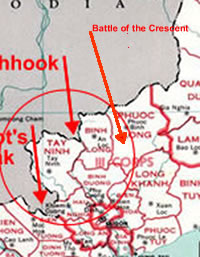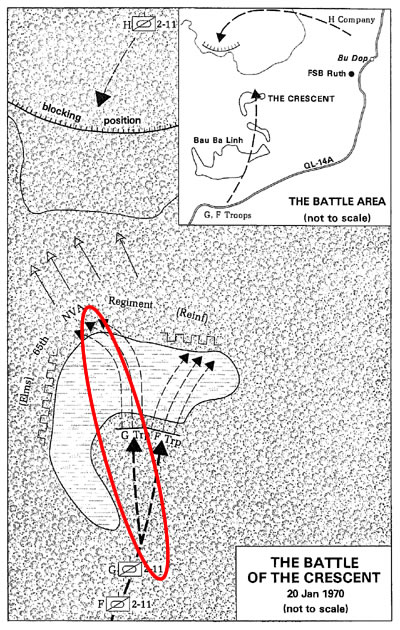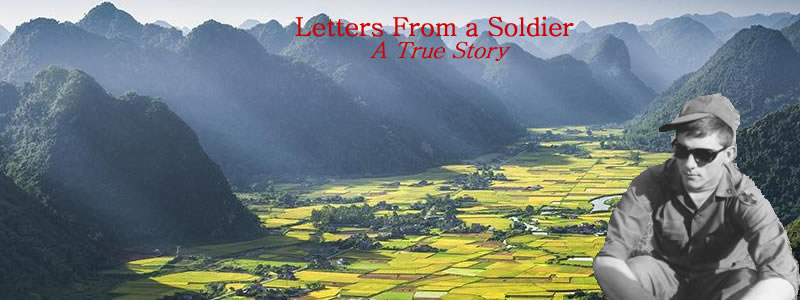James Fortune ~Vietnam
During late 1969-1970 as troop withdrawals and Vietnamazation of the war was happening.
After the success of operations against enemy sanctuaries in South Vietnam, the next step was sealing the borders, or at least making them reasonably secure. With the growing demands of pacification and the prospect of troop withdrawals, which would limit the resources available, the task naturally fell to mobile units, both ground and air, that could move rapidly and control large areas. Armored and airmobile units became the mainstay of border operations, particularly those in the critical III Corps area north of Saigon.
By early 1970 the cavalry and airmobile infantry forces had used sophisticated techniques to foil the enemy. This included the use of sensors, perhaps similar to (Igloo White) type sensors along the Ho Chi Minh Trail. Automatic ambush devices also used. But also necessary was what was called Rome plow cutting.
 Rome Plow Cutting Image courtesy ~ United States Government Soldier & in the public domain
Rome Plow Cutting Image courtesy ~ United States Government Soldier & in the public domainBattle of the Crescent The 2nd Squadron of the 11th ACR fights all day long against the 65th NVA near (Fire Support Base) FSB RUTH, in Phuoc Long Province.
 Early morning the 20th January 1970 (Tue) a Lieutenant Colonel and another Colonel were attacked with mortar and rocket fire. The commanders took off in helicopters and they requested air & artillery fire support. A couple of battalions of the 65th North Vietnames Regiment (NVA) were occupying a dry lake be three miles west of the Cavalry's base. This dry lake bed resembled a cresent-shaped opening in a very dense jungle. (image below). The enemy it was later learned had hoped that American forces would be lured to this clearing.
Early morning the 20th January 1970 (Tue) a Lieutenant Colonel and another Colonel were attacked with mortar and rocket fire. The commanders took off in helicopters and they requested air & artillery fire support. A couple of battalions of the 65th North Vietnames Regiment (NVA) were occupying a dry lake be three miles west of the Cavalry's base. This dry lake bed resembled a cresent-shaped opening in a very dense jungle. (image below). The enemy it was later learned had hoped that American forces would be lured to this clearing.
 As gunship, air and artillery came in, a scout helicopter was shot down. The pilot being stranded in a bomb crater, the 2nd squadron came to the rescue. Company H approached from the north while the cavalry of Troops F and Jim Fortune's G Troop approached from the south.
As gunship, air and artillery came in, a scout helicopter was shot down. The pilot being stranded in a bomb crater, the 2nd squadron came to the rescue. Company H approached from the north while the cavalry of Troops F and Jim Fortune's G Troop approached from the south.
A Cobra pilot located the burning helicopter and saw the wounded pilot waving from the bomb crater. A Lieutenat Parris dashed to the copter diving into the front seat and Captain Marshall flying the rescue copter ascended barely clearing the wood line.
Artillery, bombers and gunships came down to fight the enemy. F Troop went up Highway 14A meeting up with G Troop which already was on its way up north. An almost impassible Bau Ba Linh to ford, G Troop bore into the jungle. In an hour and a half G Troop joined up with F Troop about 2 kilometers later.
An airdrop of tear gas clusters toward the north along with fighting that lasted some 14 hours finally drove the enemy toward the Cambodia borders. The NVA would not return to this area for at least 4 months.
